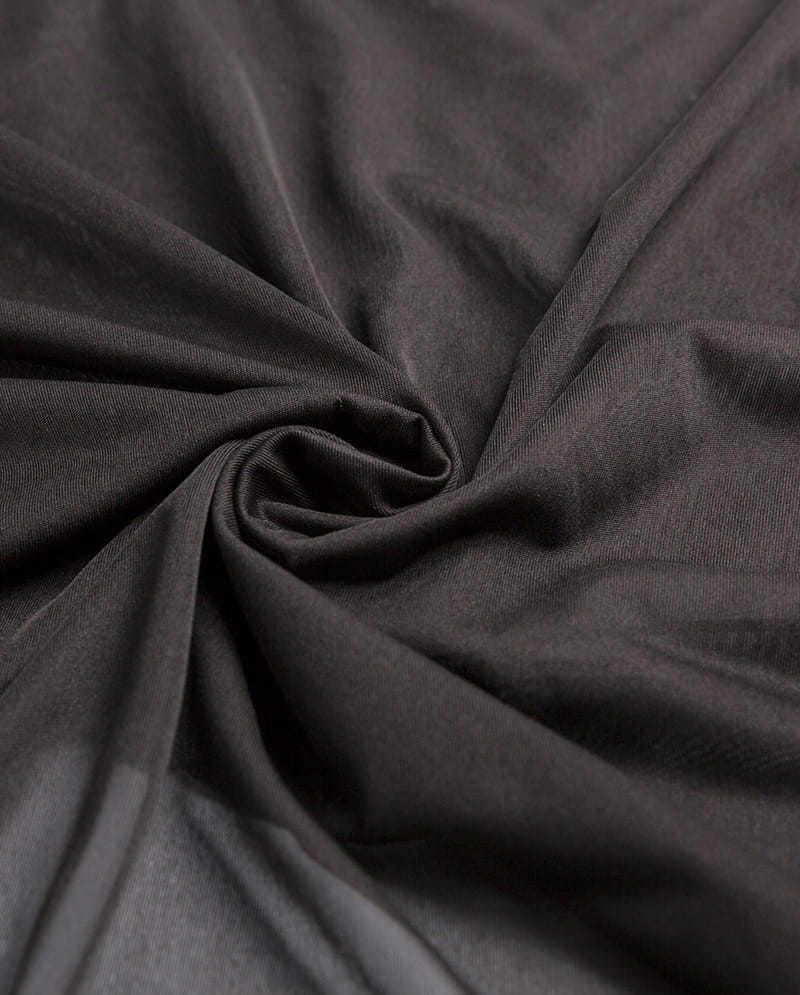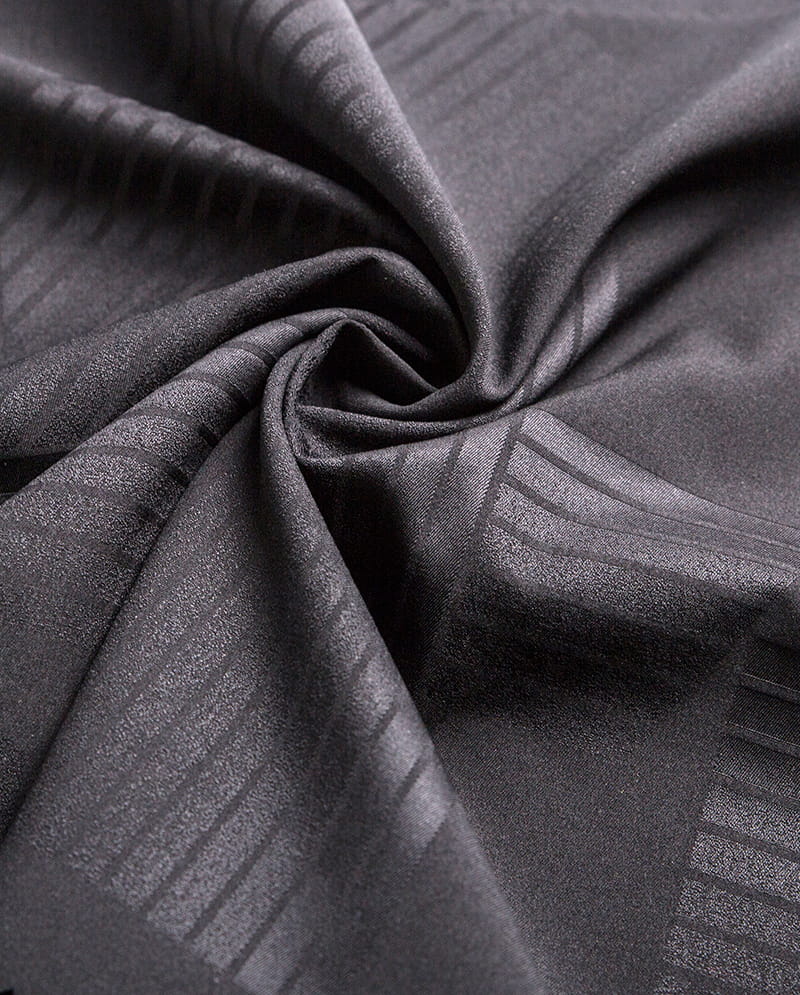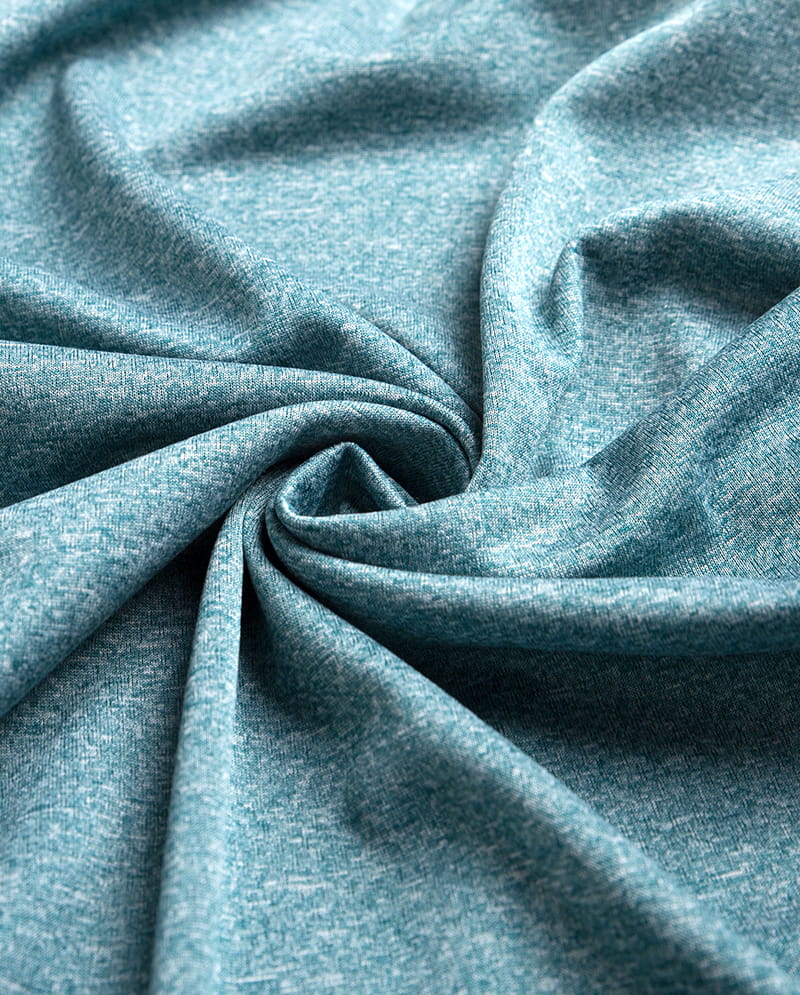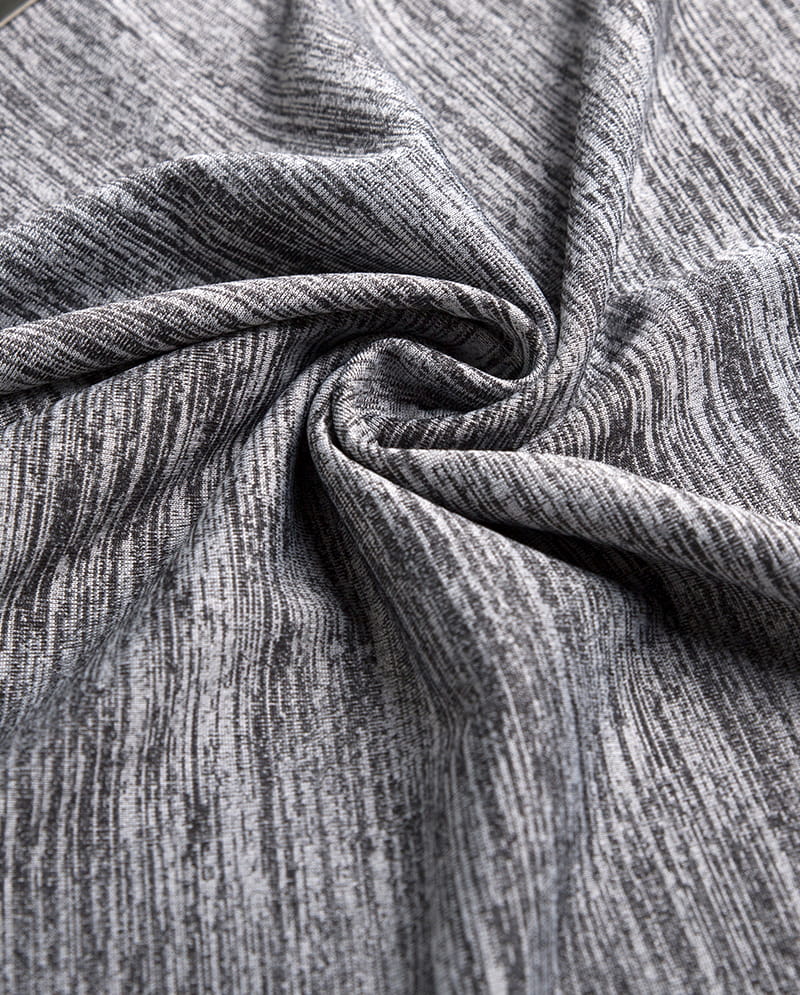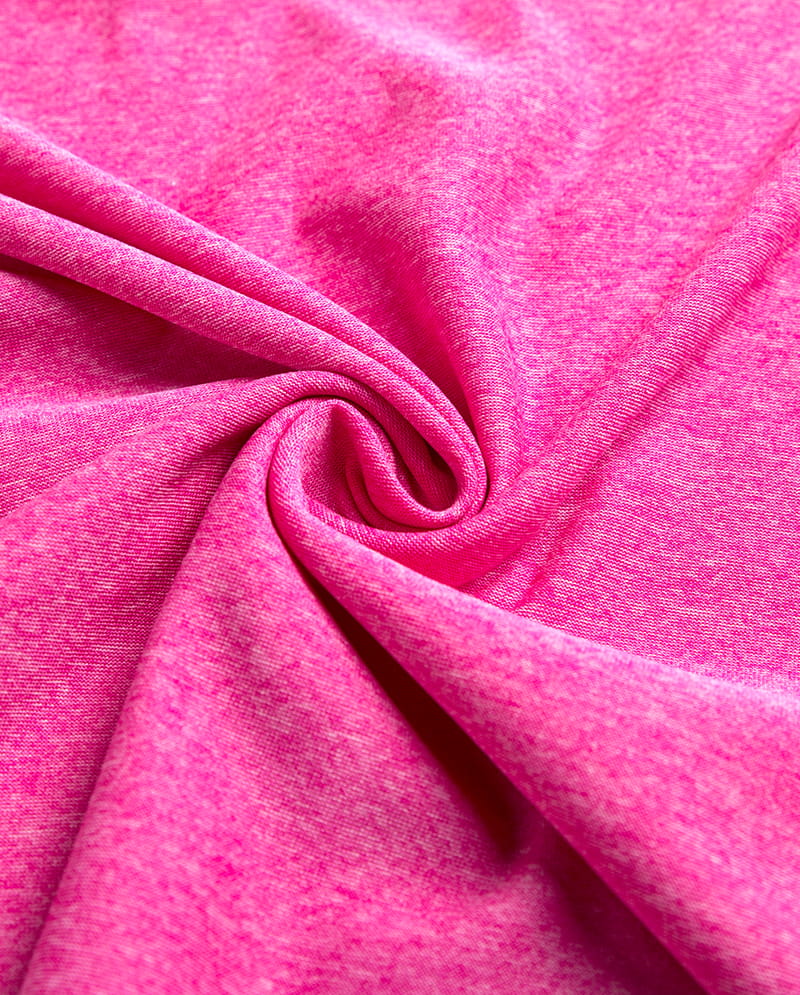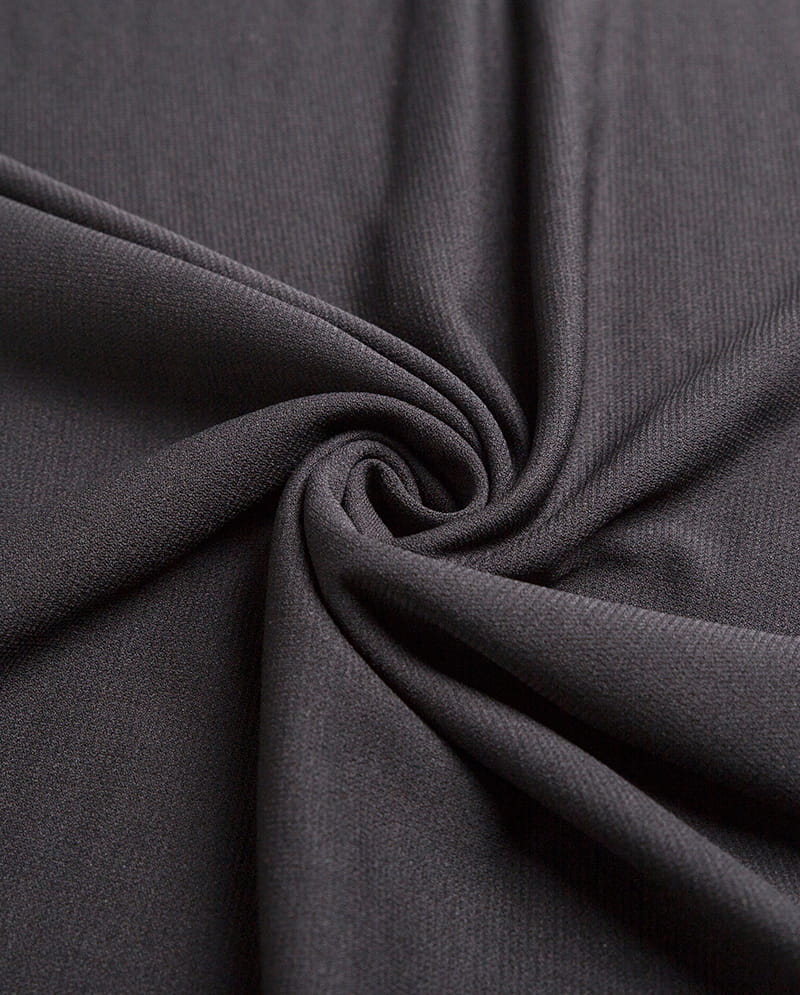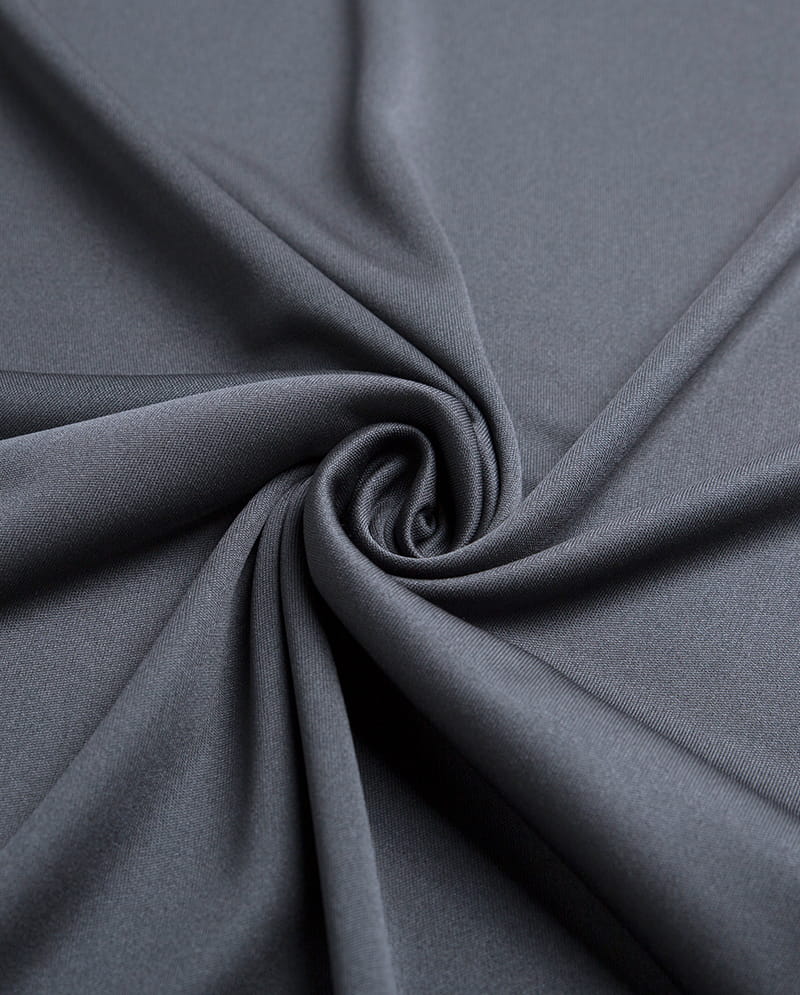Is Knitted Fabric Suitable for High-Performance or Technical Clothing?
When people think of knitted fabric, they often picture cozy sweaters or casual T-shirts. However, in recent years, knitted materials have evolved far beyond comfort and everyday wear. Advances in fiber technology, knitting machinery, and textile finishing have transformed knitted fabric into a material capable of meeting the demanding requirements of high-performance and technical clothing. Whether used in sportswear, activewear, medical garments, or industrial applications, knitted fabric now plays a central role in the design of clothing that must perform under pressure.
1. Understanding Knitted Fabric
Knitted fabric is produced by interlooping yarns through a series of connected stitches, which gives it a flexible, stretchable structure. This construction is different from woven fabric, where yarns interlace perpendicularly in a grid pattern. The looping method of knitting naturally introduces elasticity, softness, and breathability, which are key characteristics for garments that require both comfort and movement.
There are two main types of knitted fabric:
- Weft knits, such as jersey and rib knit, are produced by looping yarns horizontally.
- Warp knits, such as tricot and raschel, are made by looping yarns vertically.
While weft-knitted fabrics are typically softer and stretchier, warp-knitted fabrics offer greater stability and less distortion—qualities that make them more appropriate for technical applications like performance wear or industrial textiles.
2. The Key Requirements of High-Performance and Technical Clothing
To understand whether knitted fabric is suitable for technical apparel, it’s important to identify what “high-performance” means in the context of clothing.
High-performance or technical garments are designed for specific functions beyond everyday wear. These functions might include:
- Moisture management (wicking sweat away from the body)
- Temperature regulation (keeping the body warm or cool as needed)
- Durability and abrasion resistance
- Flexibility and freedom of movement
- Breathability and ventilation
- Compression and support
- Quick drying and lightweight structure
- Antimicrobial or odor-resistant properties
A material suitable for this type of clothing must balance mechanical strength with physiological comfort. The question, then, is how knitted fabric performs under these expectations.
3. Why Knitted Fabric Performs Well in Technical Applications
(a) Exceptional Stretch and Recovery
One of the defining features of knitted fabric is its natural elasticity. The looped structure allows it to stretch in multiple directions, providing excellent flexibility and a close fit without restricting movement.
This property is crucial for sportswear and performance clothing, where the wearer’s range of motion can be extensive. Yoga outfits, running tights, and compression tops, for example, rely heavily on knitted fabrics because they move with the body rather than against it.
With the addition of elastic fibers such as spandex (elastane), knitted fabrics can maintain their shape and resilience even after extensive stretching—making them durable for athletic and technical use.
(b) Superior Breathability and Moisture Management
Knitted fabric has a naturally porous structure that allows air circulation. When combined with advanced moisture-wicking fibers such as polyester, nylon, or blends treated with hydrophilic finishes, it helps transport perspiration away from the skin to the outer layer of the fabric, where it evaporates quickly.
This keeps athletes and professionals dry, cool, and comfortable, even in intense conditions. Many modern performance knits use microfiber yarns or engineered mesh zones to enhance ventilation in high-sweat areas.
(c) Lightweight Comfort
Knitted fabrics can be produced with low yarn density, resulting in lightweight textiles that do not weigh the wearer down. This is especially beneficial in running, cycling, and mountaineering apparel, where weight savings can directly influence performance.
Furthermore, technological advances in circular knitting machines allow the production of seamless garments that reduce chafing and enhance comfort—another reason knitted fabrics are widely chosen for base layers and technical sportswear.
(d) Adaptability Through Fiber Blends and Finishes
Knitted fabrics are highly adaptable to various fiber types and functional finishes, which expands their usability across industries. Synthetic fibers such as nylon, polyester, and polypropylene can be combined with natural fibers like cotton, wool, or bamboo to achieve specific performance outcomes.
Functional coatings and treatments can impart UV resistance, water repellency, antibacterial properties, or flame retardancy, depending on the application. For example:
- Outdoor and hiking apparel may use warp-knitted polyester treated for UV and moisture protection.
- Medical compression garments use elastomeric warp knits for controlled elasticity.
- Military and industrial uniforms may use flame-retardant knitted fabrics for protection and comfort.
This flexibility makes knitted fabric an ideal base material for a wide range of technical uses.
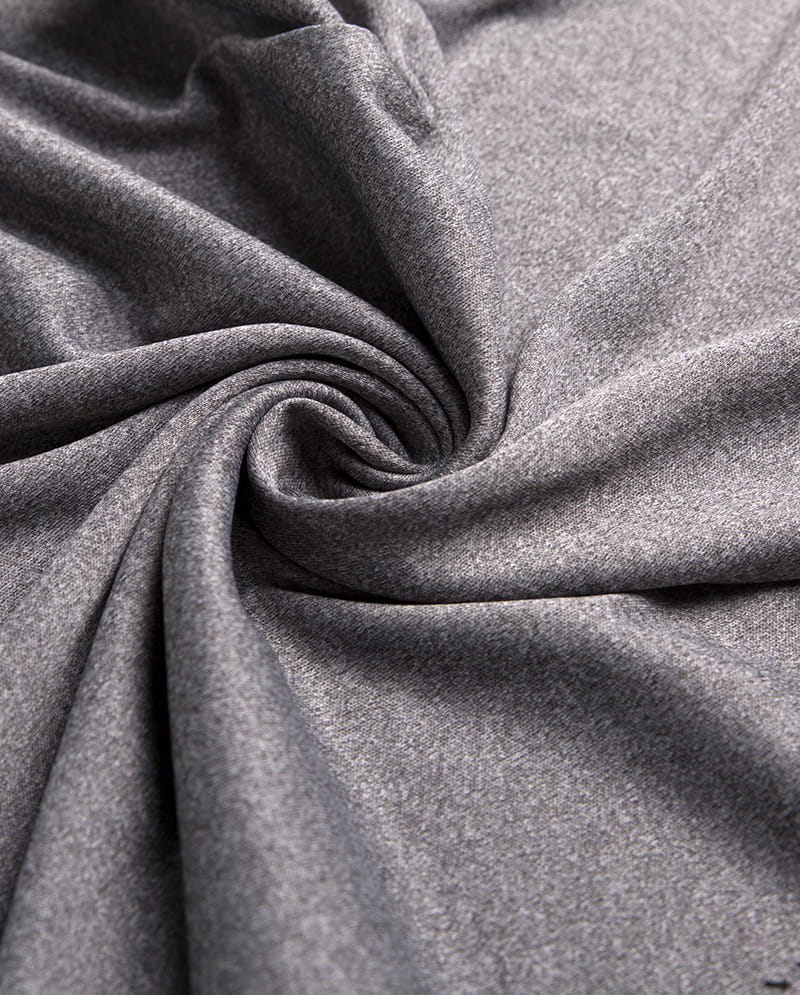
4. Applications of Knitted Fabric in High-Performance Clothing
(a) Sportswear and Activewear
Sportswear is the most familiar domain for knitted fabric. From running shirts to yoga leggings, knitted fabrics dominate the activewear market because of their stretch, softness, and ability to wick moisture efficiently.
Circular knits like interlock, jersey, and double knits are popular for their body-conforming properties, while warp knits such as tricot are used for durable outer layers and sports bras that require structural stability.
(b) Compression and Medical Garments
Knitted fabrics are ideal for compression garments used in both athletic and medical contexts. Their elasticity can be precisely engineered to apply consistent pressure, improving blood circulation and muscle support.
Medical applications include post-surgical compression wear, support bandages, and therapeutic stockings. Warp-knitted elastic fabrics offer consistent compression levels without compromising breathability or comfort.
(c) Outdoor and Protective Clothing
For outdoor performance clothing, knitted fabrics can be engineered to provide thermal insulation, UV protection, and weather resistance. For example, fleece—technically a knitted fabric—is widely used as a mid-layer for insulation in cold weather.
Innovative knitting techniques allow manufacturers to combine hydrophobic outer layers with hydrophilic inner surfaces, enabling moisture transport while retaining warmth.
(d) Industrial and Military Applications
High-performance knitted fabrics are also used in specialized fields such as firefighting gear, military uniforms, and industrial safety wear. Advanced materials such as aramid (Kevlar®) or modacrylic blends are knitted into durable, flame-resistant textiles that maintain flexibility under demanding conditions.
5. Technological Advancements in Knitted Fabric Production
Modern technology has significantly expanded what knitted fabric can do. Some notable advancements include:
- 3D Knitting: Computerized flat knitting machines can produce complex, seamless garments with varying fabric densities and textures in a single production step. This reduces waste and improves precision in performance areas like compression or ventilation zones.
- Smart Textiles: Conductive yarns can be integrated into knitted structures to create garments that monitor heart rate, temperature, or movement—turning knitted fabric into wearable technology.
- High-Gauge Knitting: Fine-gauge knitting allows ultra-light yet strong fabrics that provide excellent comfort and breathability for next-generation performance wear.
- Sustainable Knits: Innovations in recycled fibers (such as rPET yarns from plastic bottles) and biodegradable yarns are helping reduce the environmental footprint of technical textiles.
These advancements prove that knitted fabric is not just suitable but strategically advantageous for the future of technical clothing.
6. Limitations and Considerations
Despite its many benefits, knitted fabric does have limitations when used for high-performance applications:
- Dimensional Stability: Knitted fabrics can be prone to stretching or distortion over time, especially when made from pure natural fibers without elastomeric blends. Warp knitting and structural reinforcements can mitigate this.
- Abrasion Resistance: While soft and flexible, knitted structures are generally less abrasion-resistant than tightly woven textiles. For high-wear zones, knitted fabric may need reinforcement or blended fibers.
- Moisture Retention in Natural Knits: Cotton-based knits absorb moisture easily and may take longer to dry, making them less ideal for certain performance situations compared to synthetics.
These challenges can be addressed through fiber selection, knitting techniques, and chemical finishing, ensuring that the resulting fabric meets the demands of high-performance environments.
7. The Future of Knitted Fabric in Performance Apparel
The future of technical clothing lies in integration, customization, and sustainability—and knitted fabric is well-positioned to lead this transformation.
- Integration: With the rise of smart wearables, knitted fabrics are being embedded with sensors and conductive yarns that allow real-time biometric monitoring.
- Customization: Digital knitting technologies enable personalized designs, where fit, compression, and ventilation zones are tailored to individual needs.
- Sustainability: The use of recycled fibers, zero-waste knitting, and bio-based materials aligns knitted fabric with the growing demand for eco-friendly performance textiles.
These developments illustrate how knitted fabric is evolving from a traditional material into a cutting-edge textile platform.
8. Conclusion
So, is knitted fabric suitable for high-performance or technical clothing?
The answer is a resounding yes—and increasingly so.
With its inherent stretch, comfort, breathability, and adaptability to modern fiber technology, knitted fabric meets many of the demands required for today’s high-performance garments. Whether in athletic wear, outdoor gear, medical compression clothing, or even smart textiles, knitted fabrics offer a blend of function, innovation, and comfort that few other materials can match.
While challenges such as dimensional stability and abrasion resistance still exist, continuous innovation in knitting technology and material science ensures that these limitations are being overcome. As manufacturers and designers continue to push the boundaries of textile performance, knitted fabric stands as one of the most versatile and promising materials for the next generation of technical clothing.

 English
English 中文简体
中文简体
